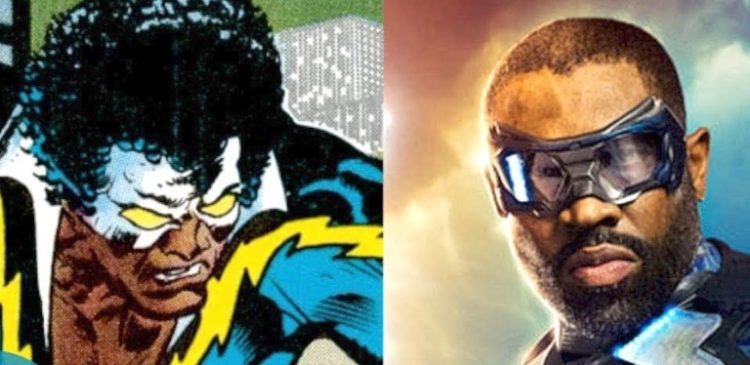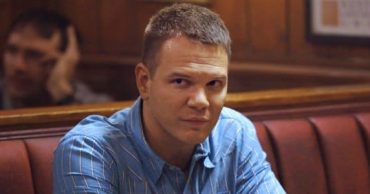
Black Lightning is unique because he is the first black superhero with his own DC comic book. Other African descent superheroes are usually supporting heroes to the main character. The first Black Lightning book was published in 1977 up to 1978. His story has evolved over time and is depicted through different stages of the life of Jefferson Pierce through different media in subsequent years. The following sections outline the differences in his character and persona between the 1977-78 comic, the 2009 comic, and the series airing on the CW network.
Black Lightning’s name and setting
In all three representations, Black Lightning has retained the alias Jefferson Pierce, the son of Alvin Pierce. The series is more of a return to power, as he had given up using his powers at the request of his wife Lynn Stewart.
How Black Lightning got his powers
In the 1977 issue, he has a superpower suit that was engineered to generate electricity. However, he noticed that every time he used the suit’s powers, his body absorbed the powers. After a traumatic experience, while wearing the suit, he absorbed all the power and could now generate and control electricity by himself. In both the CW series and the 2009 comic, Black Lightning is considered a metahuman with electrical capabilities. In the earlier times, he could only use energy from a secondary source and would lose the power eventually. How his meta-human status came to be is not clearly noted. The earlier comics state that his father vaccinated him with a tainted drug that initiated his powers when he got agitated and angry.
Nemesis
In all three versions, Black Lightning is at war with the gang 100 led by Tobias Whale. However, in the 2009 series, it turns out the gang 100 is actually a bad life source that latched onto the human body, feeding off on the misery of others. This lifeforce also tried to take over Black Lightning but didn’t succeed. The CW series, however, maintains that Tobias Whale is his fathers’murderer.
Family life
In the 1977-78 comic, Jefferson Pierce has a father figure named Peter Gambi who has taken care of him since he was twelve. Gambi later turned out to be a hitman in an earlier life who killed his biological father. Black Lightning forgives Gambi on his deathbed when he takes a bullet for him. In the 2009 comic, he is in his late 20s living with his mother, sister, and her children. The CW series shares similarities in that Jefferson Pierce also works at a high school, however, he is the principle. He has a wife and two daughters who also start exhibiting signs of metahuman powers. He is in his mid-40s.
Black Lightning’s suit
Jefferson Pierce in the first comic got his suit from Peter Gambi, his father figure. In the 2009 series, he comes clean to his family that he has superhuman abilities where his family then designs his suit. In the series, it isn’t clear where the suit comes from, though it seems to be a continuation of the comic themselves.
Black Lighting’s ‘aha’ moment
In the 1977-78 comic, the gang 100 kills his confidant Clifford which sends him on a mission to rid the community of the gang. In the 2009 comic, the gang 100 killed his father, a reporter, who was killed by the 100 gang because he was about to reveal a plot by Tobias Whale- the gang 100 leader. In the CW series, his daughter gets into trouble with one of the gang 100 members and Jefferson comes out of hiding to protect her and other community members from being terrorized by the gang.
Conclusion
The CW Black Lightning series stands on its own because he isn’t still trying to figure out his powers. It seems Jefferson Pierce knows has powers and is in control of them. He already has a suit; however, his family is still in the dark, except for his Wife. We see similarities from both the 1977 and 2009 comics in his abilities, family life, and standards. The series also focuses on his family, especially his daughters and their journey on figuring out their powers. While the series is somewhat a continuation on his life, it addresses real issues that real African American communities are facing today. The only difference is — there’s a hero in the night, protecting the streets!
 Follow Us
Follow Us





